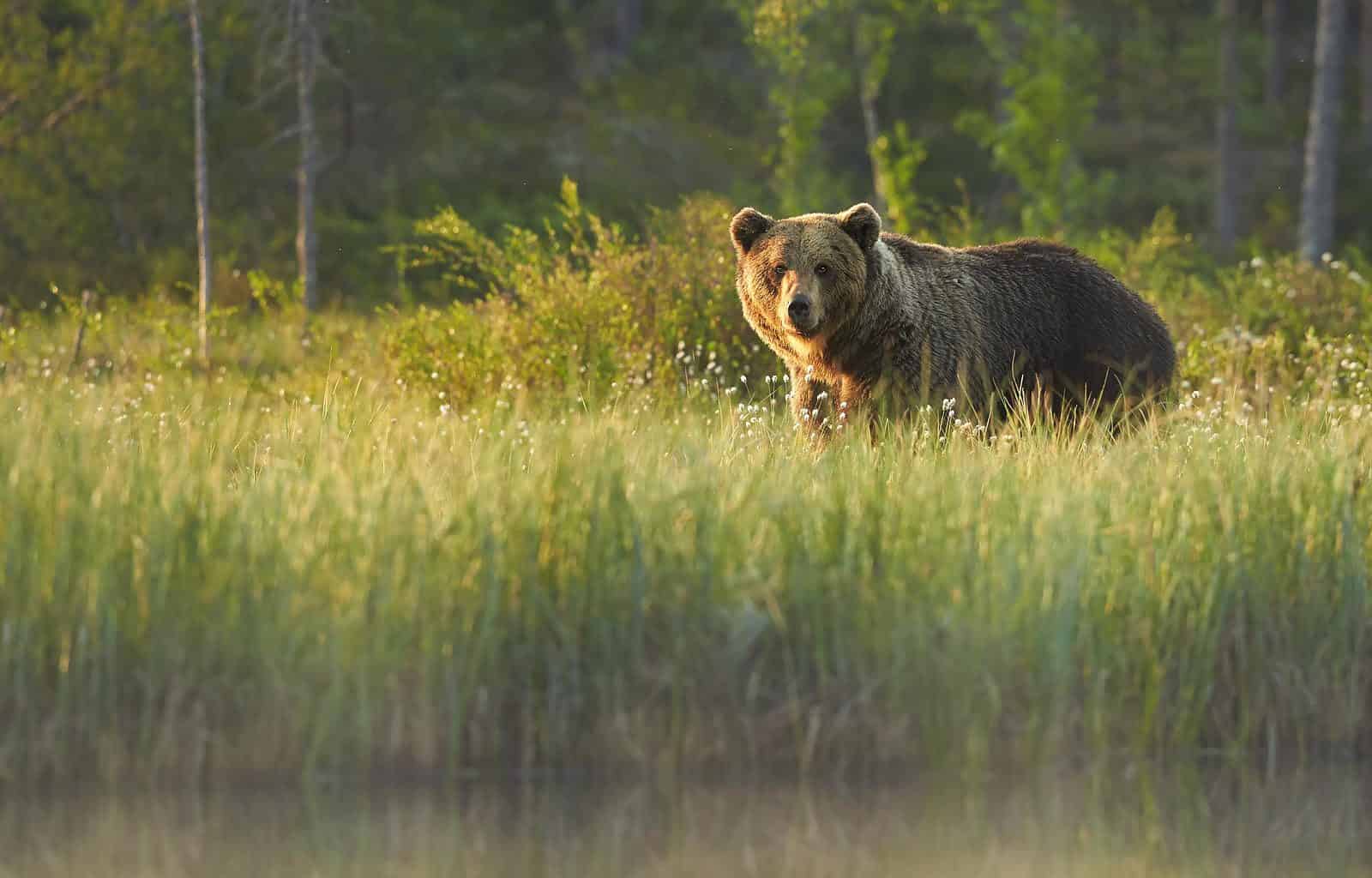How do we tackle protected area management conflicts?
Contrary to what the term would imply, nature conservation is not only a natural but also a very social science. All around the world there are different stakeholder groups, experts and researchers that work in nature conservation. Many of these groups have a different understanding of nature conservation, based on their different priorities, valued and ideas. When it comes down to practical implementation of conservation, we therefore often see a rise of conflict. Evidence-based discussions book often little to no progress as participants use evidence from contradicting sources. One of the most famous cases in Europe’s conservation conflict is the Białowieża forest. Here, the Białowieża Science Initiative developed a multi-stakeholder engagement model to mitigate conflicts. They share their findings and outcomes, presenting an example on how an open scientific and evidence-based discussion can assist to identify consensus and dissent point from the scientific perspective.
Please also read: Online consulting for protected areas
The Białowieża forest case
International media made the the case of illegal logging in one of Europes oldest forests globally known last year. Even the European Court of Justice published a ruling on the matter. It stated that sanitary logging practices to prevent bark beetle outbreaks did not comply with the law. Poland would receive a fine of a €100 000,- per day that illegal logging continued. This climax of conflict came as a result from an ongoing debate amongst stakeholder groups.
One on side there was a call to increase the ‘strictly protected’ zone of the forest to areas under current management of the State Forestry. On the other hand, current management said to take into account biodiversity conservation, but also the local need for fuelwood, other forest products and jobs to support the local communities. Simply put, the world saw how foresters favoured sanitary logging and conservationists pushed for a logging stop and strict protection.
Finding common grounds
The Białowieża Science Initiative wanted to create a space for an open scientific discussion, based on scientific evidence. It brought together scientists with different views on the management, who were invited to share their arguments. Researches conducted a thorough and multi-perspective scientific review and discussed the outcomes in details with their fellow experts. The outcome of this multi-stakeholder approach was a list of scientific-based points of agreements, disagreements, and knowledge gaps.
As the Białowieża Science Initiative presents the outcome in a multi-author evidence paper, which the Journal on Biological Conservation recently published, they emphasise that these processes are not solely scientific based. They highlight that in such conflict situations, emotions are always part of the decision-making process by scientists, decision-makers, the general public as well as the media. Most important to realise during the conflict mitigation process, it not to divide into sides, but rather sit together and talk.
The golden rule for scientific debates
Being aware of ones emotions, also makes it possible to focus on the evidence-based discussion. After all, the aim of a debate should be to discuss the evidence-based arguments, rather than the person formulating them. By bringing together as many stakeholder groups as possible, this process can initiate a start to build bridges and find common grounds. Identifying points of common agreements, functions as a starting point to take discussions further. It is a time-consuming and challenging process, but crucial to build mutual trust for future cooperation.
International cooperation for nature conservation
The European Wilderness Society is involved in the Interreg Central Europe project BEECH POWER, where such conflict resolution is also needed. One of the focus topics is on ’empowering World Heritage Beech communities as model for ecosystem-based sustainable development’. Through a dedicate work package, the project partners aim to sustainably enhance the cooperation between protected areas and adjacent communities. This is done in three different ways. First of all, the project works on governance strategies to boost regional sustainable development. It tests and implements models for participatory processes, such as the one described above, in protected areas. And it establishes a network of communities close to World Heritage Beech Forests to create a feeling of common interests and shared values.
Late 2019, the partners in Slovenia organised special conflict resolution workshops to address the challenges of protected area management. Partners in Slovakia and Germany also organised dedicated MARISCO events to improve mutual understanding and foster a sustainable cooperation between different stakeholders. In our other project, Interreg Central Europe Centralparks, similar events have been organised to bring people together. At the start of the project, partners organised a workshop on methods for innovative conservation planning for example.
The case of Białowieża presents a successful multi-stakeholder involvement process, useful for conservation conflict mitigation in many corners of Europe. Not only protected area management, but also species conservation and reintroduction efforts can benefit from this. So instead of creating more human-human conflicts over nature and wildlife, let us sit (virtually) together and talk.









